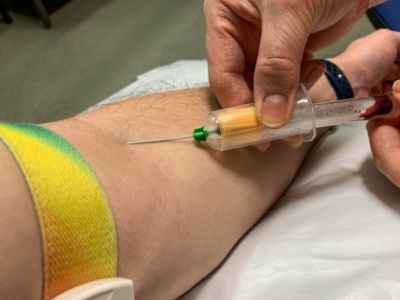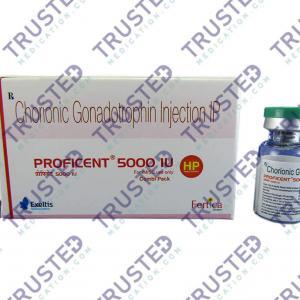
Gradual thinning of the hair is also known as involutional Alopecia. It is a natural condition in which the hair gradually thins with age. More hair follicles go into the resting phase, and the remaining hairs become shorter and fewer in number. Hair life has specific phases and everyone can go through this along with aging.
The Three Phases of Hair Growth
- Anagen is the growth phase. As your hair emerges from your scalp, it starts growing normally. Depending on your genetics, this phase can last between two and six years.
- Catagen is a brief transitional stage. It lasts between two and three weeks. Hair strands shrink during this phase, clinging to the roots of the hair and preparing them for resting.
- Telogen is known as the resting phase. It is due to no more hair growth occurring after this point. Hair sheds anywhere from 25 to 100 hairs per day, and this phase can last more than 100 days for healthy hair.

What are the Symptoms of Gradual Hair Thinning?
- Gradual thinning on top of head
- Circular or patchy bald spots
- Sudden loosening of hair
- Full-body hair loss
- Patches of scaling that spread over the scalp
9 Causes of Gradual Hair Thinning
Aside from aging, medical causes and medications can also contribute to hair loss or thinning. These include:
- Family history may influence a person’s predisposition to male or female pattern baldness.
- Stress, illness, and childbirth can cause temporary hair loss.
- Ringworm caused by a fungal infection can also cause hair loss.
- In addition to chemotherapy drugs, blood thinners, beta-adrenergic blockers, and birth control pills can all cause temporary hair loss.
- Burns, injuries, and X-rays can cause temporary hair loss. As soon as an injury heals, normal hair growth normally occurs, provided no scar is formed. Then, hair will never regrow.
- Autoimmune but hair grows back, although it may temporarily be very fine and possibly a lighter color before normal coloration and thickness return.
- Cosmetic procedures, such as shampooing too often, perming, bleaching, and dyeing hair, can weaken and brittle hair, contributing to overall hair thinning.
- Thyroid disease, lupus, diabetes, iron deficiency anemia, eating disorders, and anemia can cause hair loss.
- A low-protein diet or severely calorie-restricted diet can also cause temporary hair loss. Find out which foods and foods to avoid if you are experiencing hair loss.

How to Diagnose Gradual Hair Thinning?
- Blood test to uncover medical conditions that can cause hair loss.
- Pull test
- Scalp biopsy
- Light microscopy
Treatment of Gradual Hair Thinning
After assessing your symptoms, your doctor may recommend Minoxidil other hair care products that control hair loss and thinning. You can use:
- Pantostin
- Hair4u growing solution
- Minoxidil and Aminexil solution







